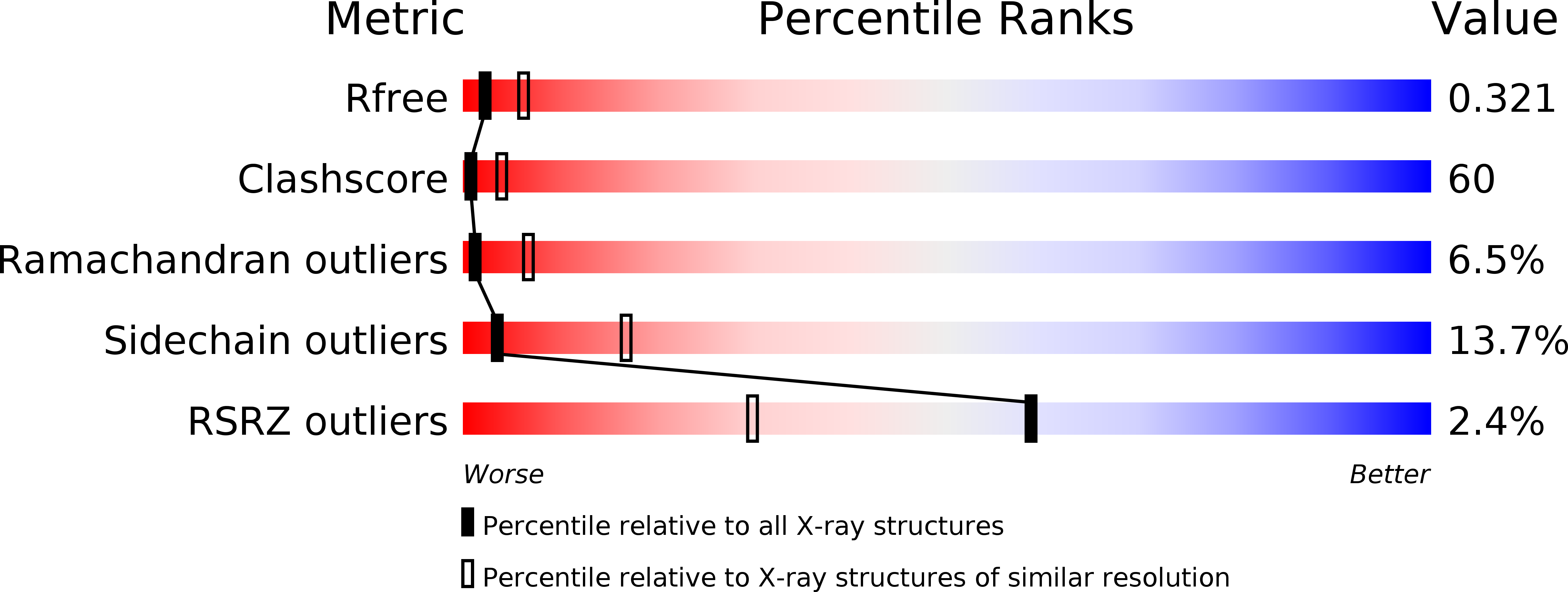
Deposition Date
1999-10-02
Release Date
2000-10-06
Last Version Date
2023-12-13
Method Details:
Experimental Method:
Resolution:
3.00 Å
R-Value Free:
0.33
R-Value Work:
0.24
Space Group:
I 4 2 2


